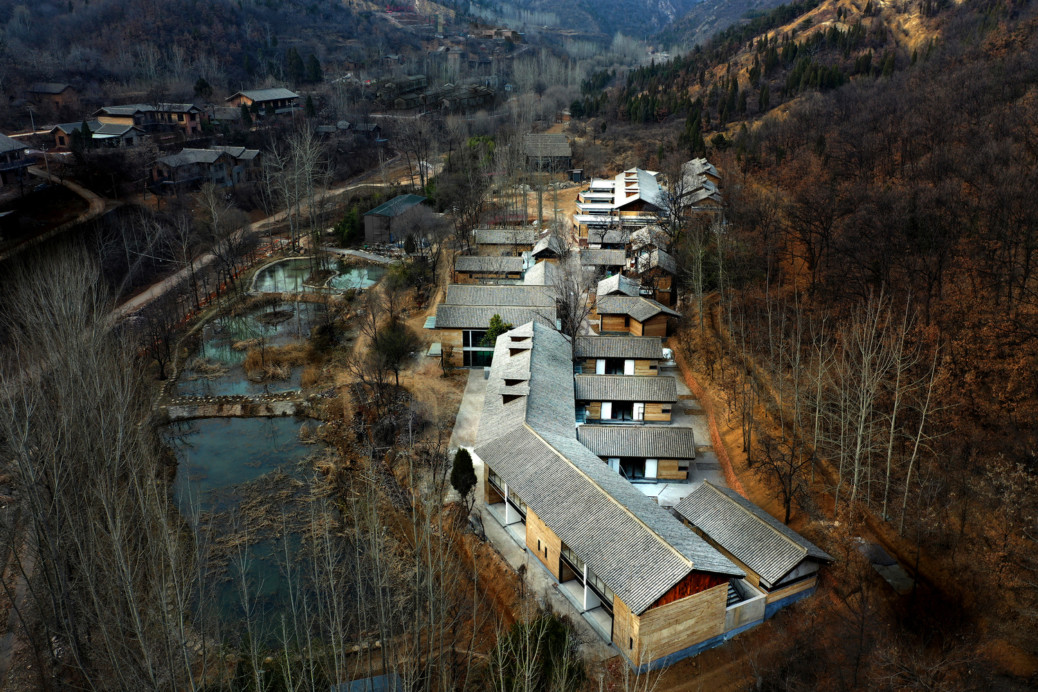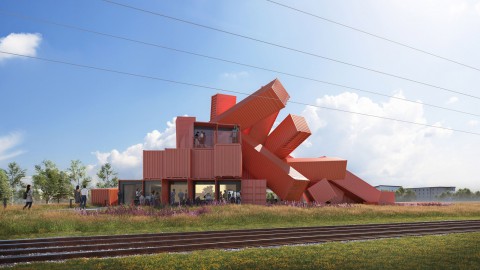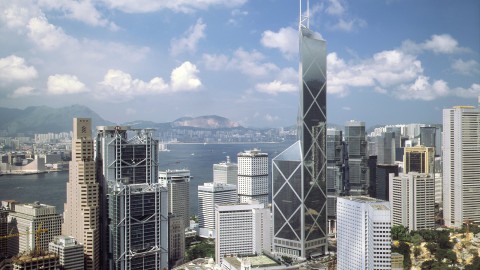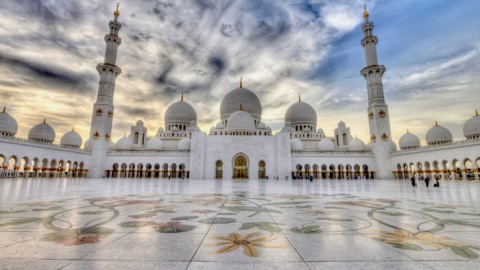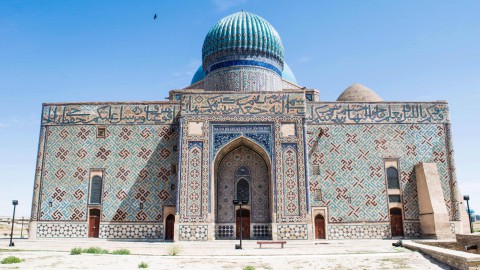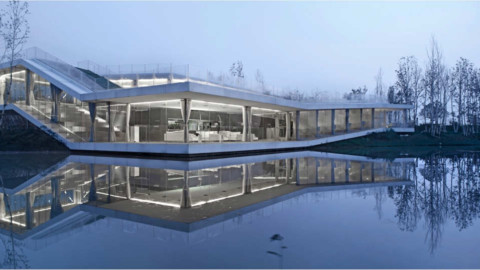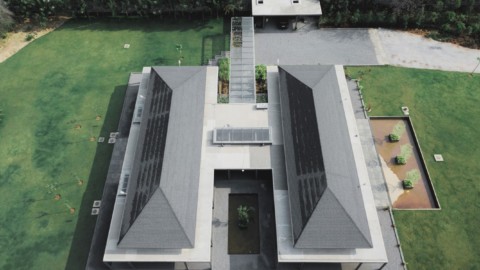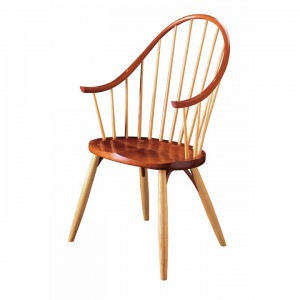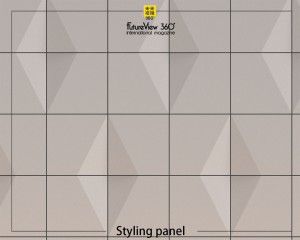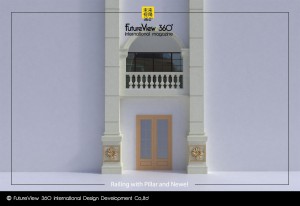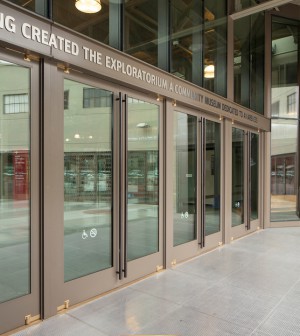Architects: Wang Weijen Architecture
Area: 3000 m²
Year: 2020
Design Principal:Wang Weijen
Project Architects :Su Chang, Halley Qian
Designers :Feng Li, Wang Ying
City:Jiyuan
Country:China
建築師:王維仁建築
面積:3000平方米
年:2020
設計負責人:王維仁
項目建築師:張暢,錢學良
設計師:馮力,王穎
城市:濟源
國家:中國
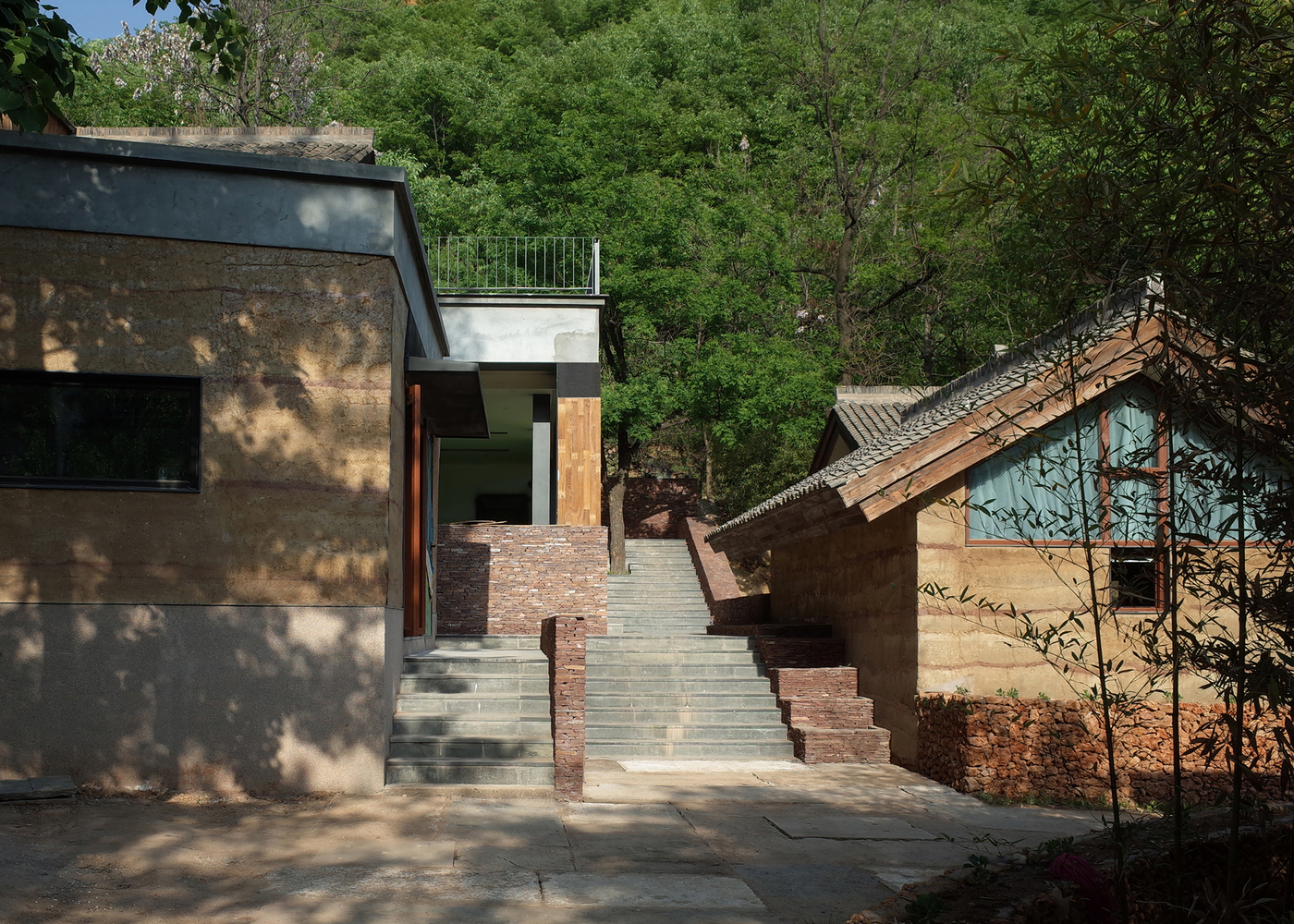
Xiaoyouhe Valley is a narrow river valley located at the foothills of Wangwu Mountain in Jiyuan, China. The natural ecology and agricultural settlements are still visible in the valley. To promote local cultural tourism, the design of the Valley Retreat rethinks the role that tourist facilities play in such an environment by integrating natural topography, vernacular building types, and rammed earth construction techniques. The subsequent design transforms abandoned farmland into an ecological and cultural retreat.
小有河流域是位於中國濟源市望武山山麓的一條狹窄河谷。 山谷中仍然可見自然生態和農業住區。 為了促進當地的文化旅遊,山谷度假勝地的設計通過整合自然地形,鄉土建築類型和夯土建築技術,重新考慮了旅遊設施在這種環境中所扮演的角色。 隨後的設計將廢棄的農田轉變為生態和文化休養所。
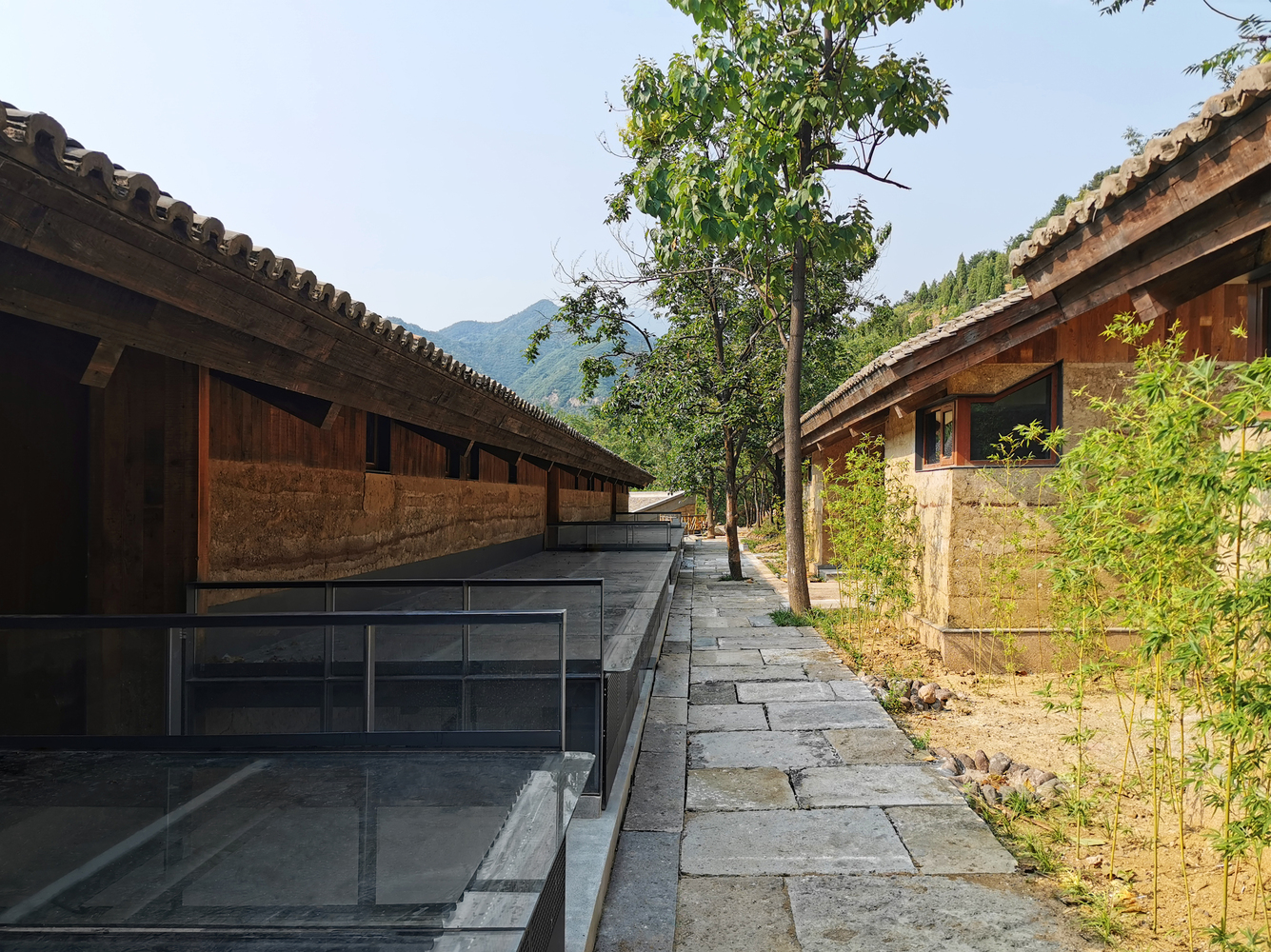
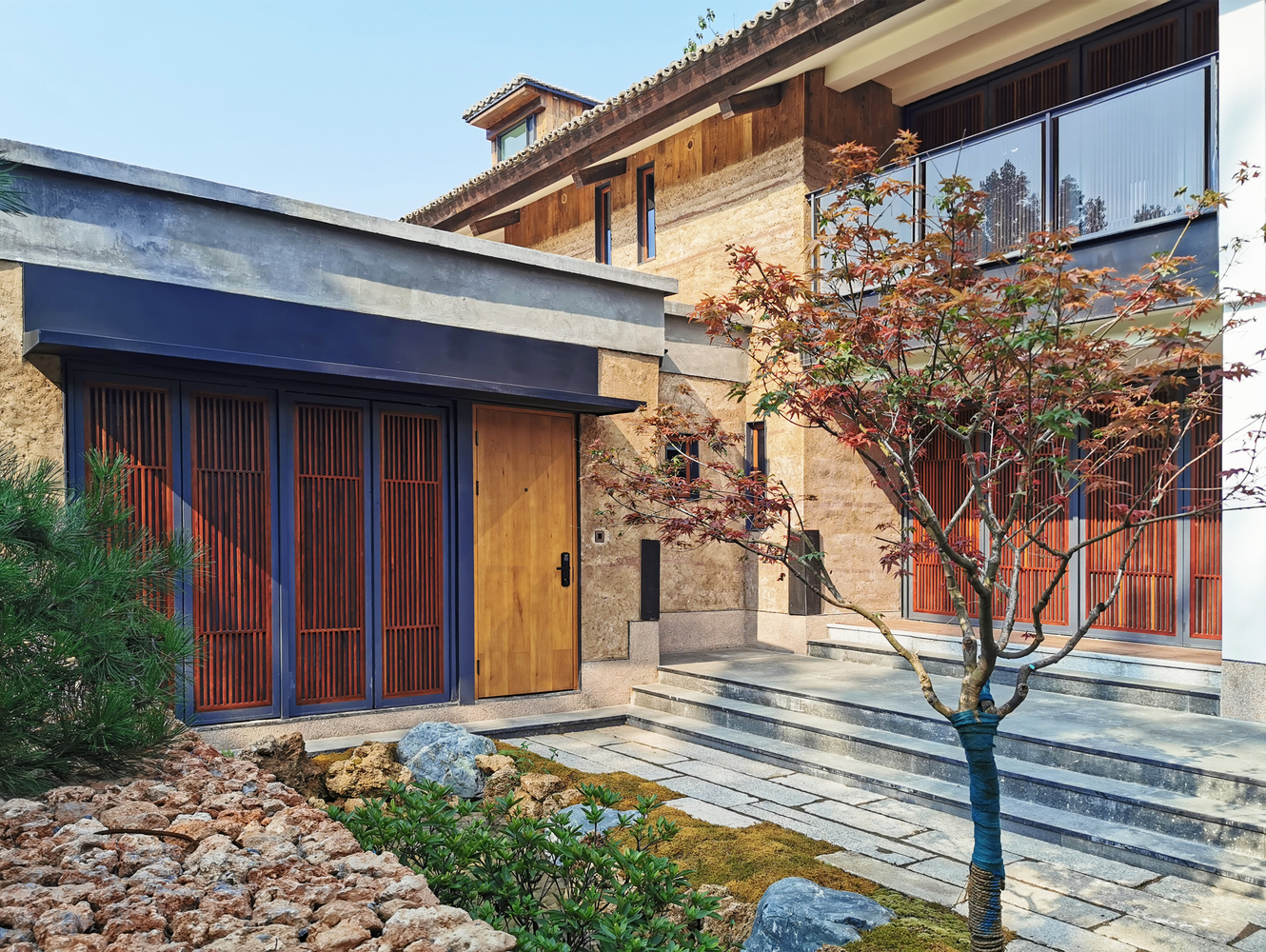
The design of the retreat considers existing vacant farmland and paddy field pattern. Taking four vacant farmhouses as the starting point, the renovation and addition develop a series of strategies to create courtyards in relationship with the landscape: enclosure, transformation, and extension. The inward-oriented courtyard is thus opened in dialogue with the surrounding landscape, extending a linear sequence of spaces along the river stream.
撤退的設計考慮了現有的空地和稻田格局。 以四個空置農舍為起點,整修和增建開發了一系列策略來創建與景觀相關的庭院:圍護,改造和擴建。 面向內的庭院因此與周圍的景觀對話而開放,沿著河水延伸了線性的空間序列。
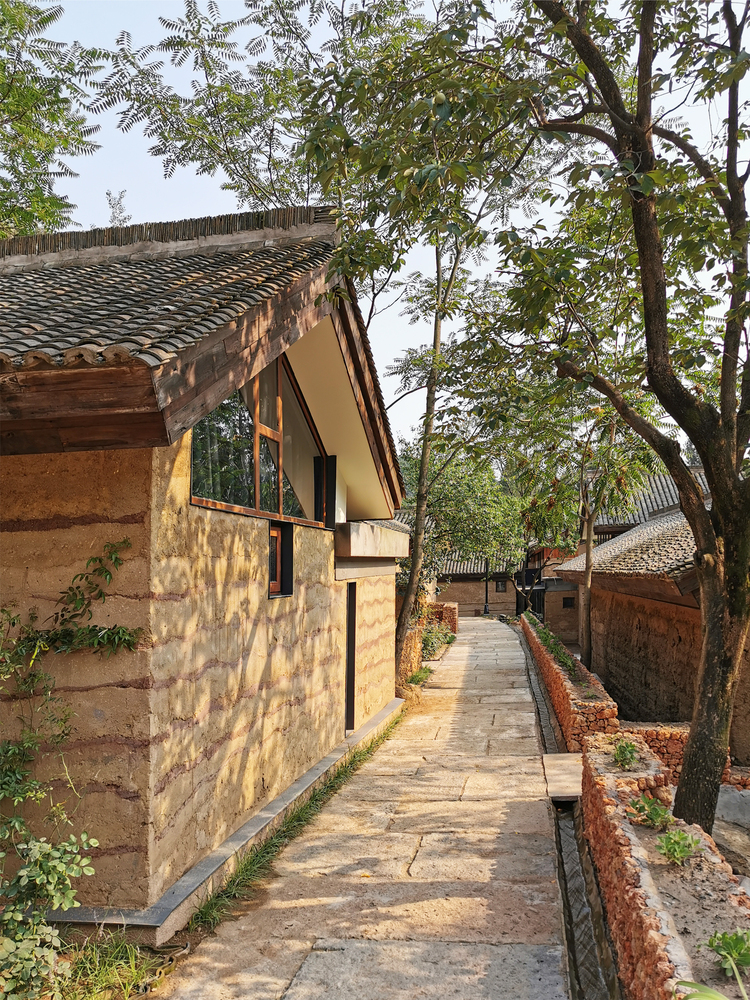
The system of architectural and landscape courtyards is programmed with 30 rooms and other public facilities. Through courtyards and alleyways, platforms and steps, ponds and woods, the retreat creates an experience for the visitors to immerse themselves within the natural environment.
建築和景觀庭院系統設置有30個房間和其他公共設施。 通過庭院和小巷,平台和台階,池塘和樹林,休閒勝地為遊客創造了將自己沉浸在自然環境中的體驗。
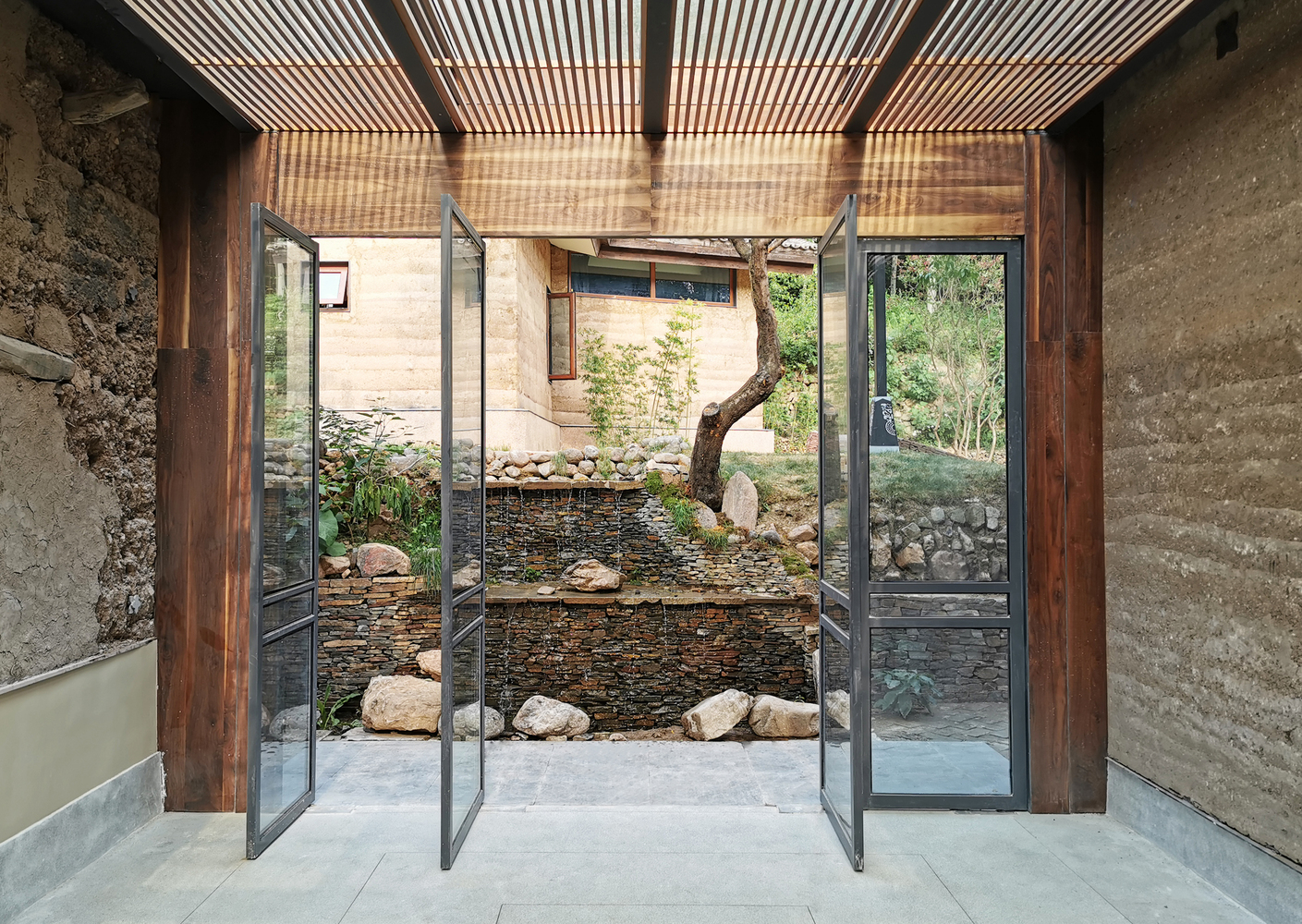
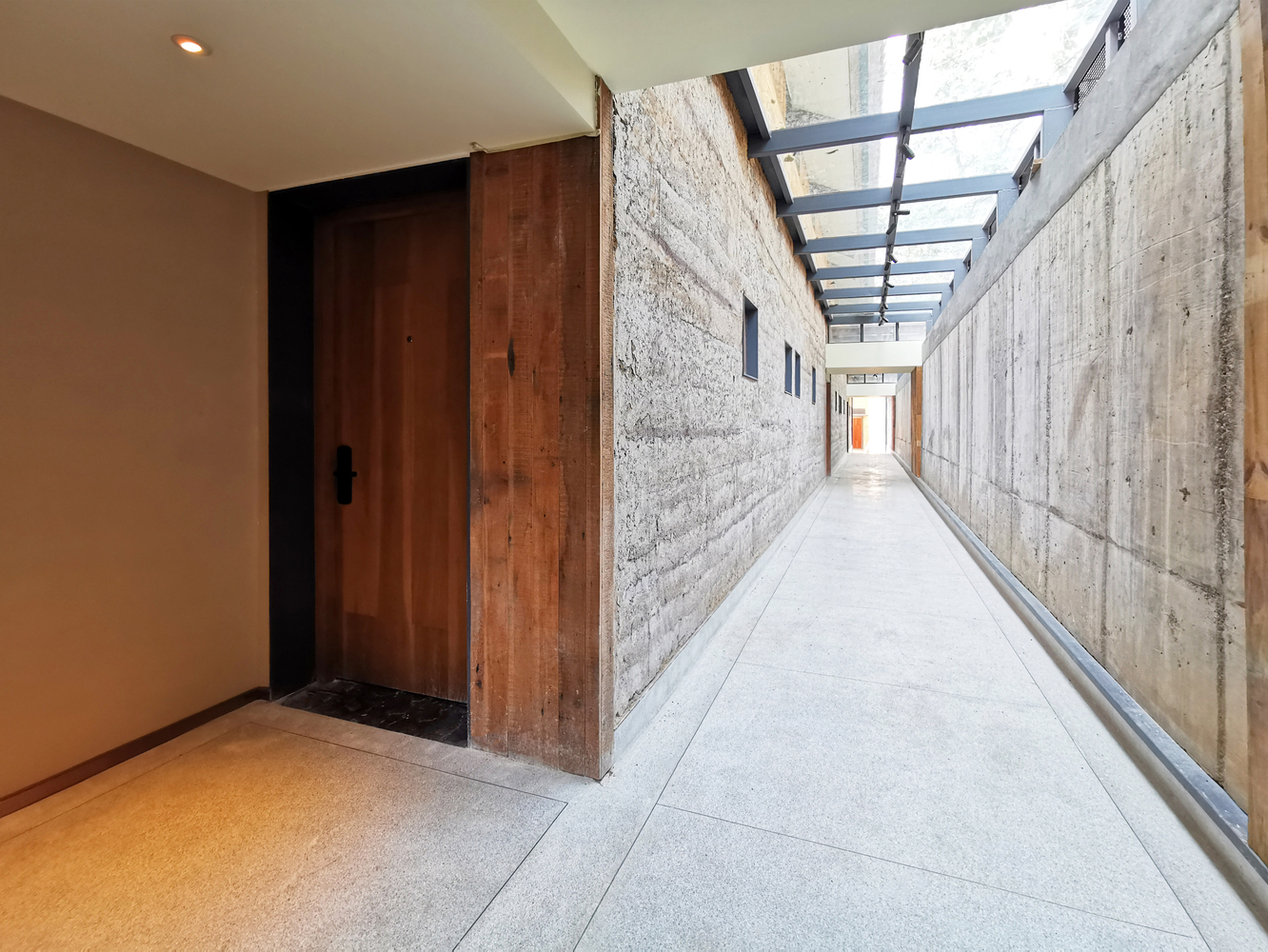
In terms of tectonics and materials, the design uses timer shutters to mediate the continuity from the front yards and balconies to the back alleys and backyards, regulating the solid-and-void relationship of the architecture while creating a continuous living experience of the natural environment.
在構造和材料方面,該設計使用計時器百葉窗調節從前院和陽台到後巷和後院的連續性,調節建築的堅固與空隙關係,同時創造連續的自然環境生活體驗 。
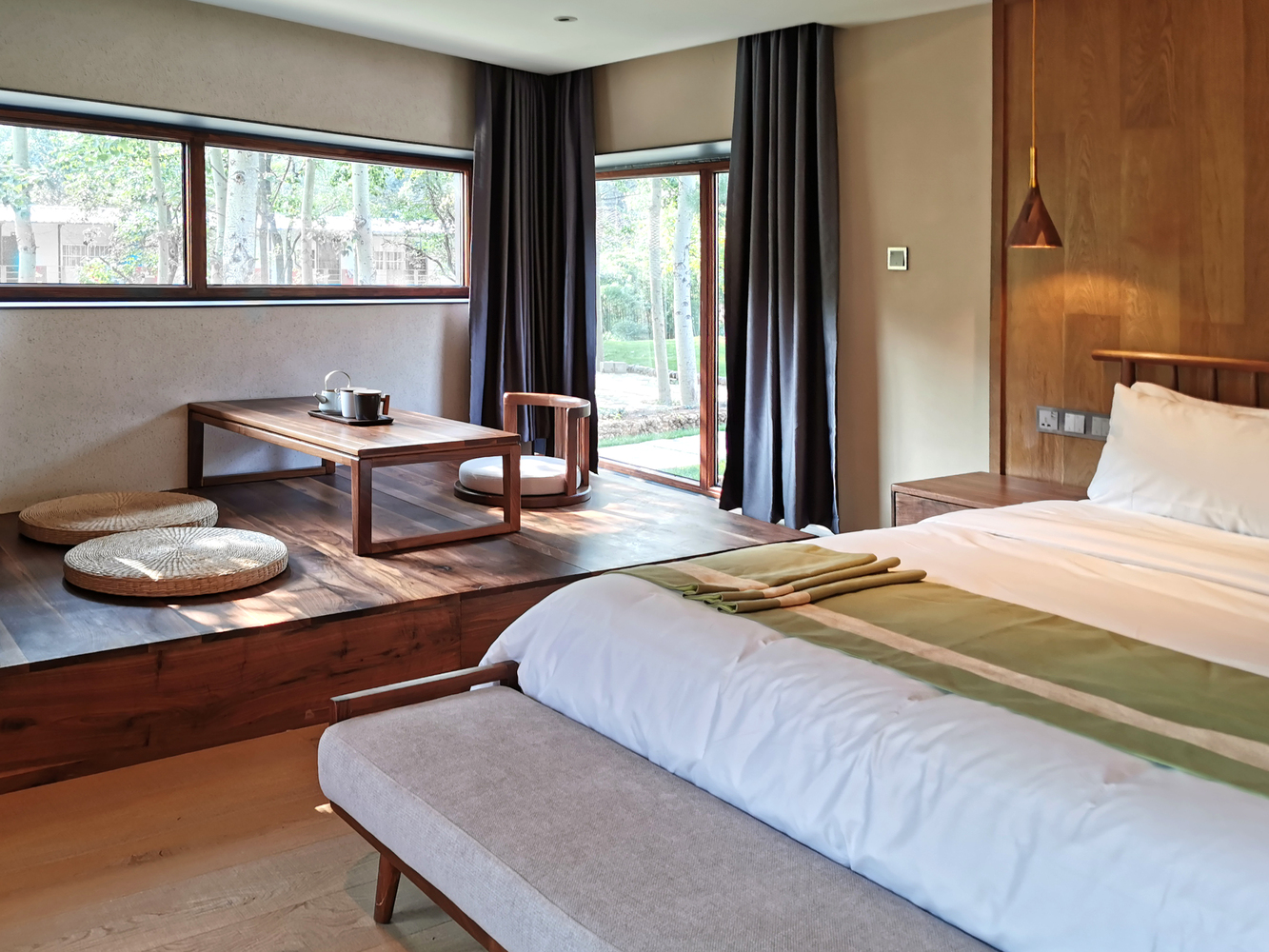
Particular design attention is paid to the articulation of roof tiles and timber structures, the coordination between the old and new rammed earth textures, the tectonic logic between the steel trusses and timber purlins and rafters, as well as the techniques of the masonry construction of the courtyard walls. The design thus establishes a sense of connectivity between the physical buildings, the natural environment, and a new culture of living.
特別要注意的設計是屋面瓦和木材結構的鉸接,新舊夯土紋理之間的協調,鋼桁架與木材and條和after子之間的構造邏輯,以及建築的磚石結構技術。 院牆。 因此,設計在物理建築物,自然環境和新的生活文化之間建立了聯繫感。
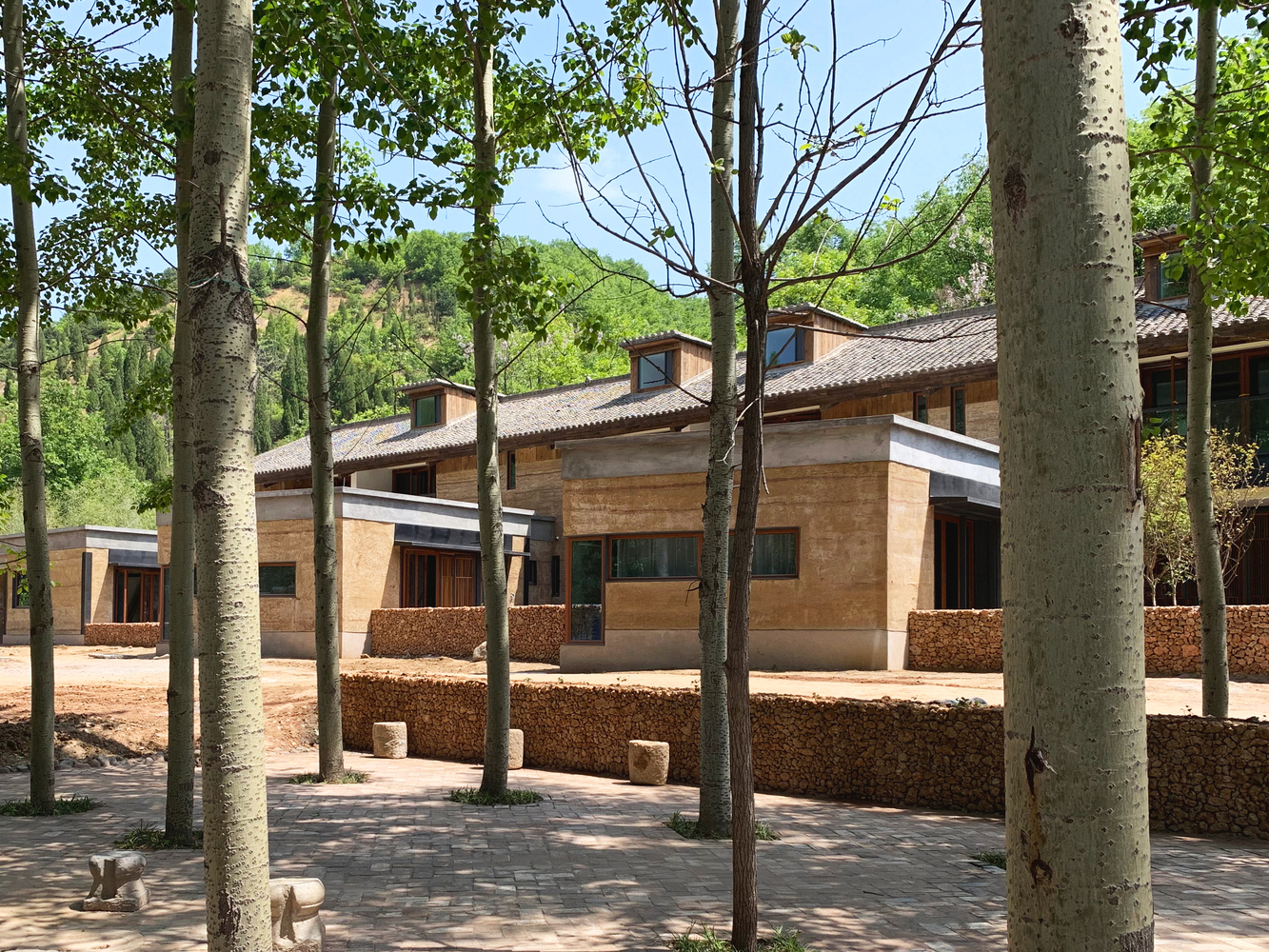
Don’t you think it’s addictive?
Want to know more about the beauty of architecture?
Come and join our members to explore the beauty of architectural design.
覺得看得不過癮嗎?
想要知道更多建築之美嗎?
快來加入我們的會員,一同探索建築設計之美。
The above article is purely for appreciation and sharing purposes, as well as the construction of new technology and the public can be in-depth understanding of the information at the same time there are sources, will be able to query, no use of the document as a commercial transaction, if illegal, please inform the We will immediately remove the site, thank you for cooperation.
以上文章純粹作為欣賞及分享用途,以及將建築新型技術傳遞給與大眾能夠深入了解,同時資料還有來源,將可查詢,絕無使用該文件資料作為商業交易行為,如有違法請務必告知該網站我們將立即處理撤除,謝謝合作。

